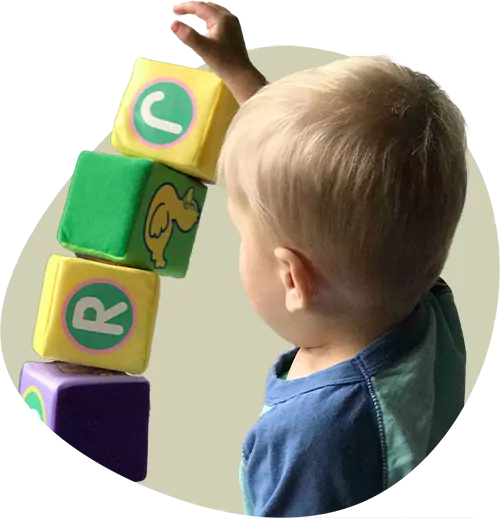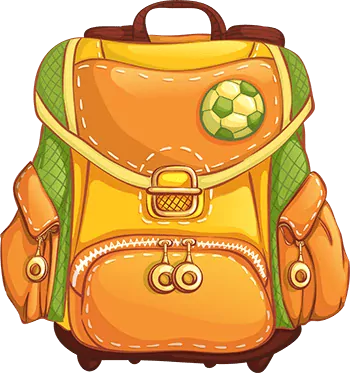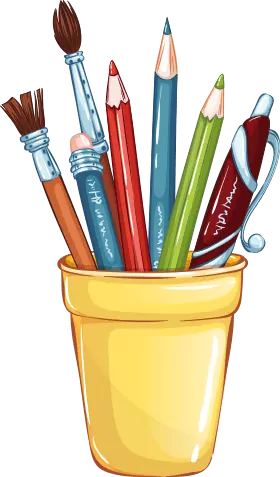

Book a tour, ask a question! director@shyneschool.com 425-882-1981
Our Current Classes
Toddler & Preschool Educational and Childcare Programs
The mission of The Shyne School is to provide a place for children, their families, and teachers to come together and build a sense of community where everyone belongs. Children are supported while learning and growing in all areas of development. Social, emotional, cognitive, creative, and physical development are all equally important. Long term, educated teachers, two teachers in each classroom to support and teach children.
We strive to provide opportunities and guidance for children to develop critical thinking skills about others, their environment, and the world around them. We support families by offering flexible, safe, and affordable learning programs that exceed their expectations and state requirements. We are a level 3 Early Achievers School Providing an elevated level of quality. A chef on staff to provide homemade meals with fresh fruits and vegtables daily.
The Shyne School is in Woodinville, Washington; about one mile North of Redmond city limits, on Avondale Road. We are in Woodinville, and convenient for Redmond and surrounding areas like Kirkland, Duvall, Monroe, Bothell, etc.


How We Build Support


Note From the Director
Hello, I am Katrina Brooke, Director of The Shyne School. I started at The Shyne School in August of 2002. I attened the U of W and North College. I worked as a Preschool Aide in High School and College. I worked at University Temple School for 2 years as a Lead Assistant and 8 years as a Lead Teacher. I then worked at Applebrooke Educational Center as a Program Supervisor for 8 years before coming to The Shyne School.
At The Shyne School we have been providing educational, play based learning programs for young children since 1983. We are a private school, that is a sole entity. At the Shyne School, we believe you must plan your curriculum around the whole child and that all areas of development (social / emotional, cognitive, creative, and physical) hold equal importance. Children love all the hands-on activities we provide. While parents appreciate the healthy home cooked meals, with fresh fruits and vegtables and the flexibility, we offer three daily schedules and part or full week options for families.
- Dedicated teachers are the heart of our school. Two teachers in each class who work together as a team.
- Observing the children and providing activities that show an interest in and extending their play.
- Documentation to track how students are doing in all areas of development so they can meet individual and group learning goals.
- Teachers give parents a 90 day developmental screening.
- Parent engagement app by Procare that allows parents and teachers to communicate, and teachers send student photos. We limit the time teachers spend on the app because we want them to be working with the children.
- Parents receive individual reports, and meet for parent to teacher conferences.
- Parent communication is especially important to us, we email lesson plans weekly, so parents understand what their child is learning.
Contact Us
We are open Monday to Friday 7:00 AM to 5:30 PM
View the Enrollment page for openings and Registration for tuition and next steps.
Katrina Brooke, Director
The Shyne School
(425)882-1981

Hours
Monday: 7:00AM - 5:30PM
Tuesday: 7:00AM - 5:30PM
Wednesday: 7:00AM - 5:30PM
Thursday: 7:00AM - 5:30PM
Friday: 7:00AM - 5:30PM
Saturday: Closed
Sunday: Closed
© 2024 Shyne School. All rights reserved.





